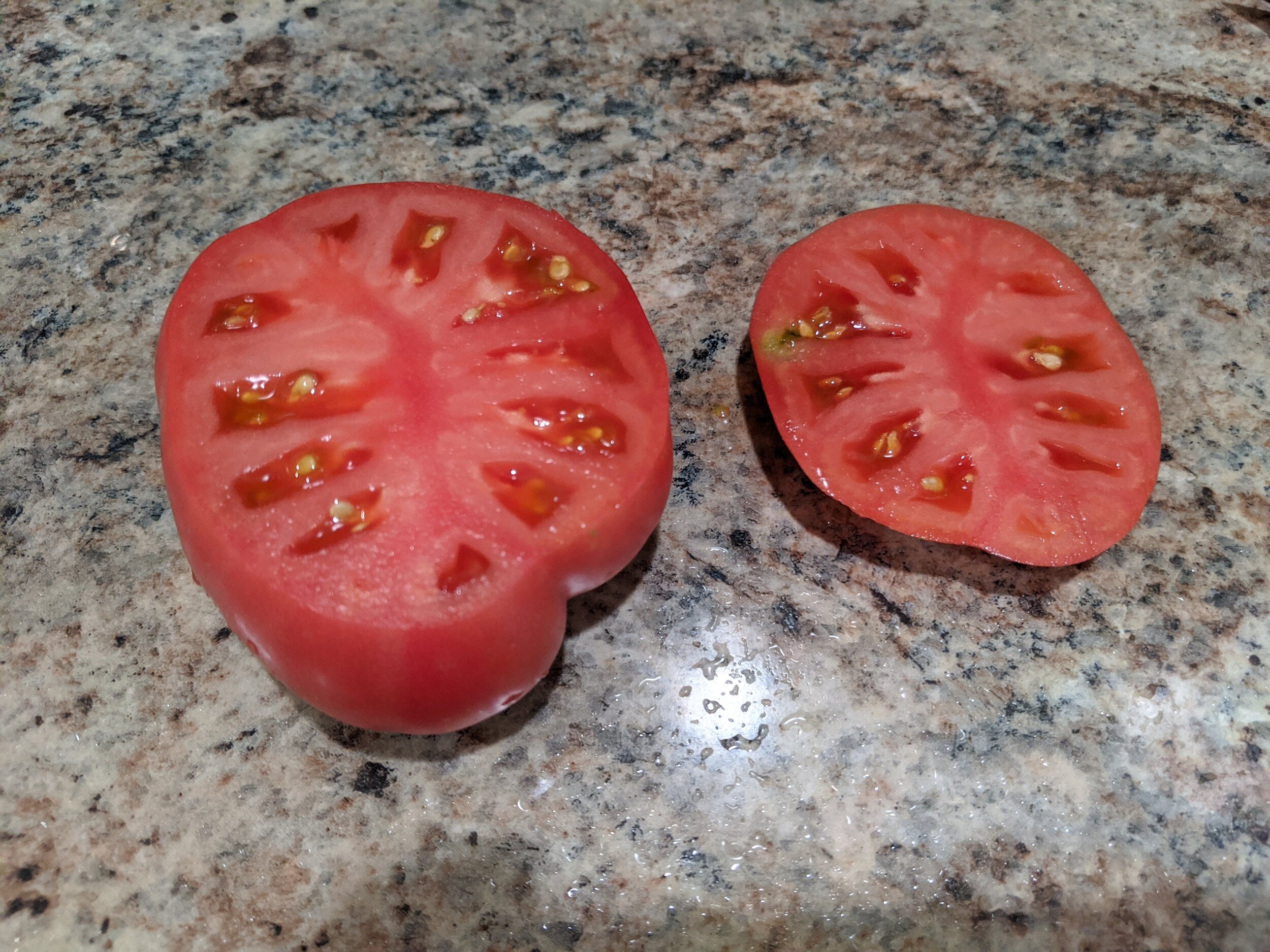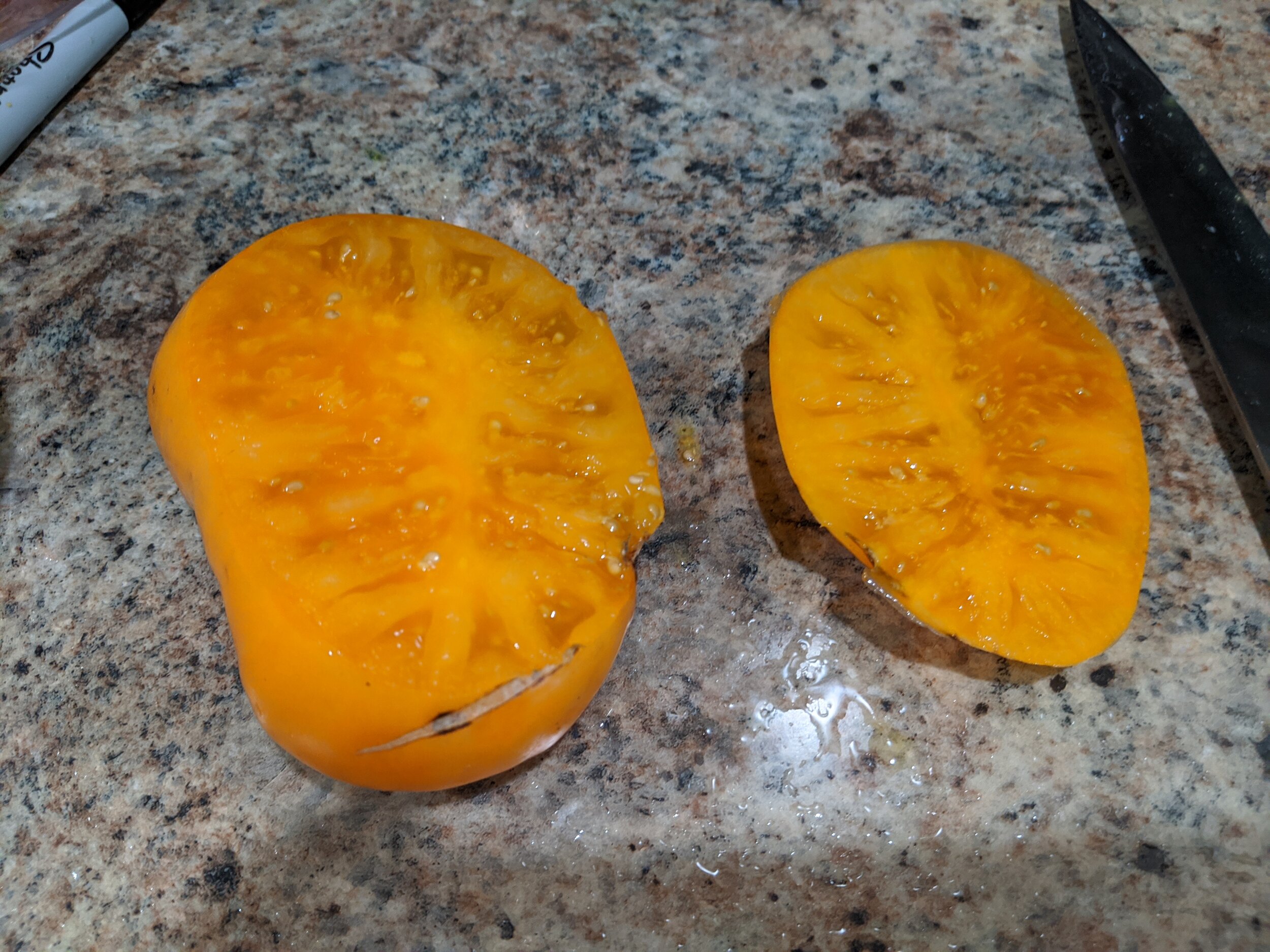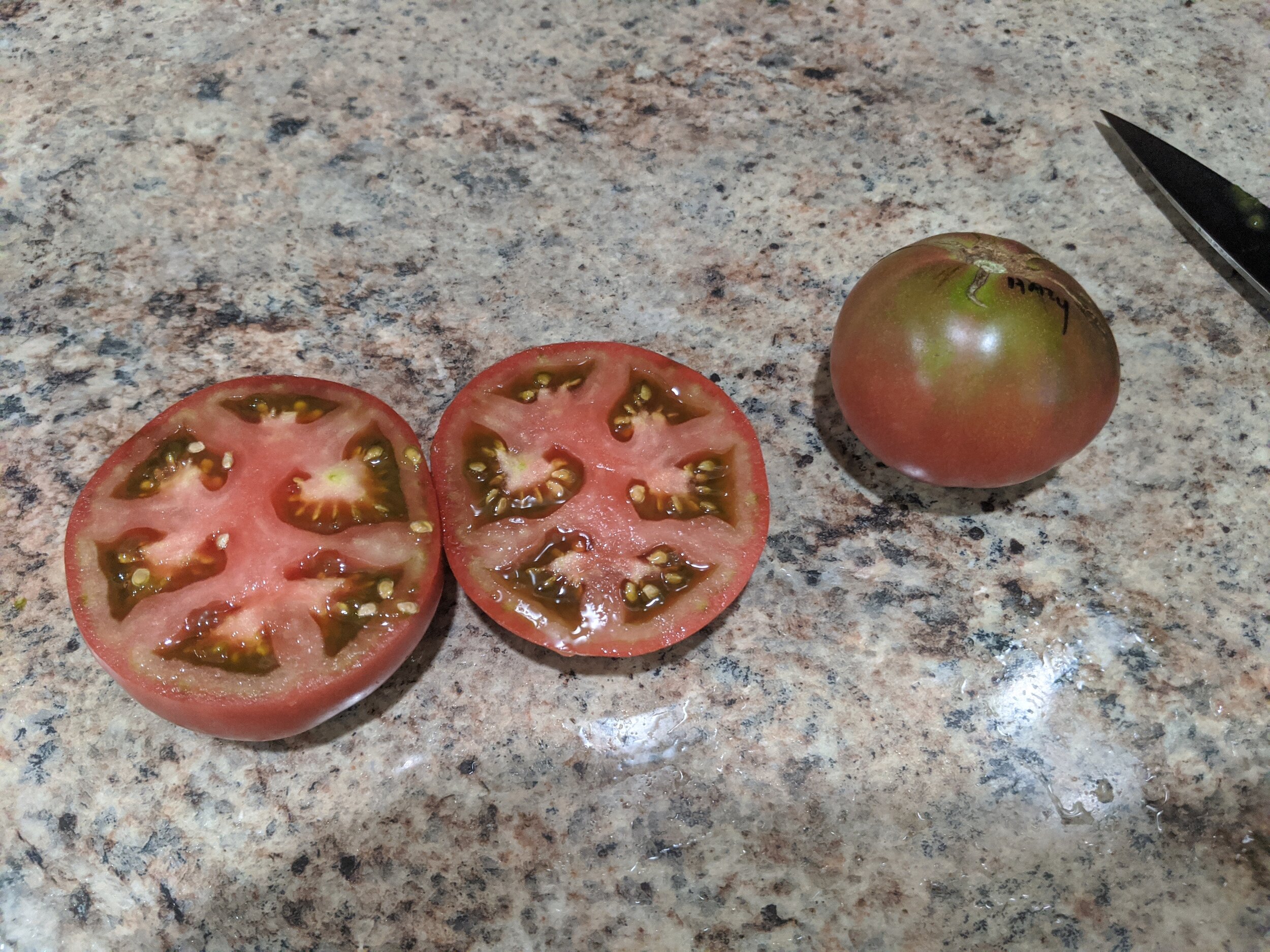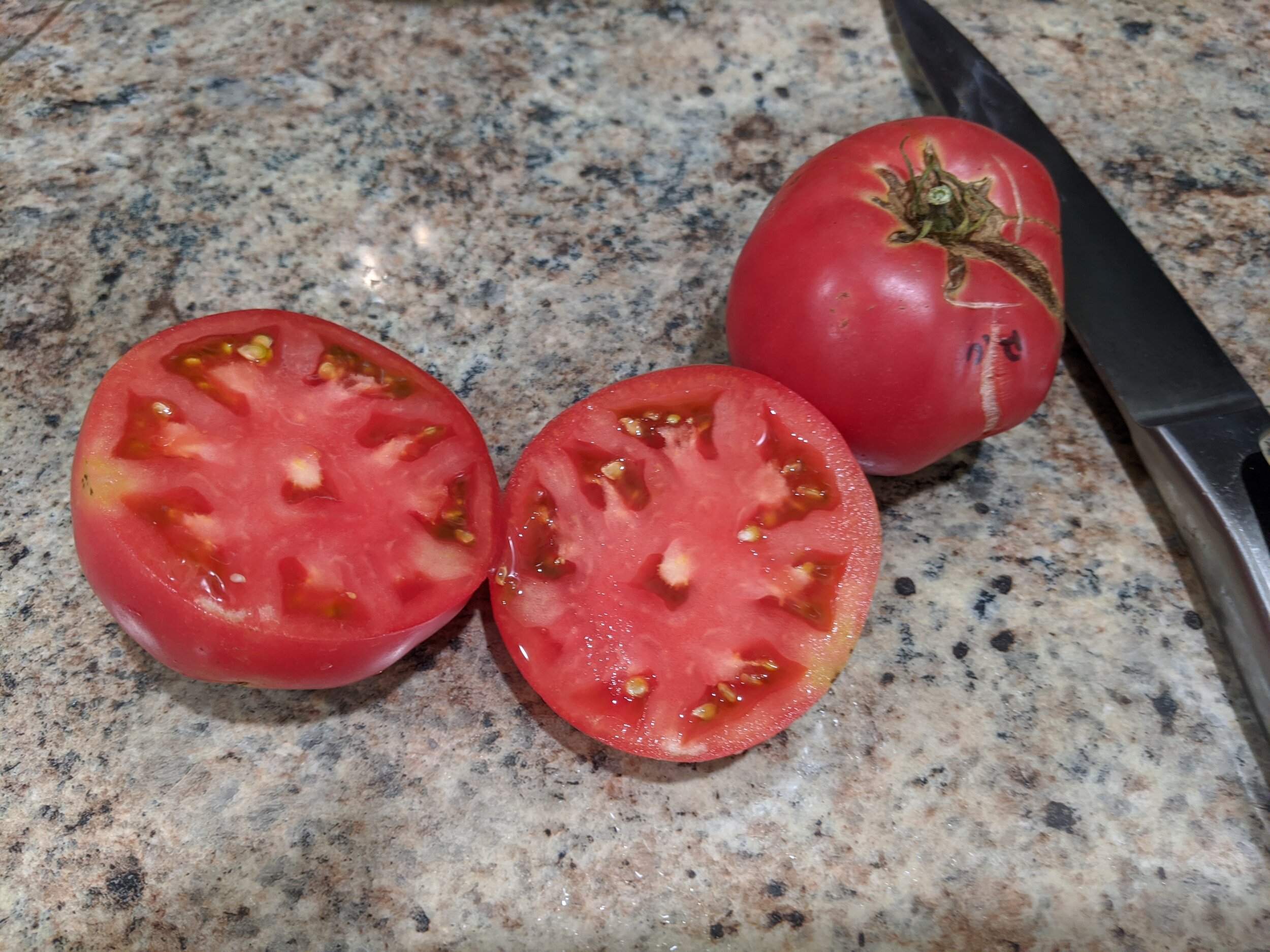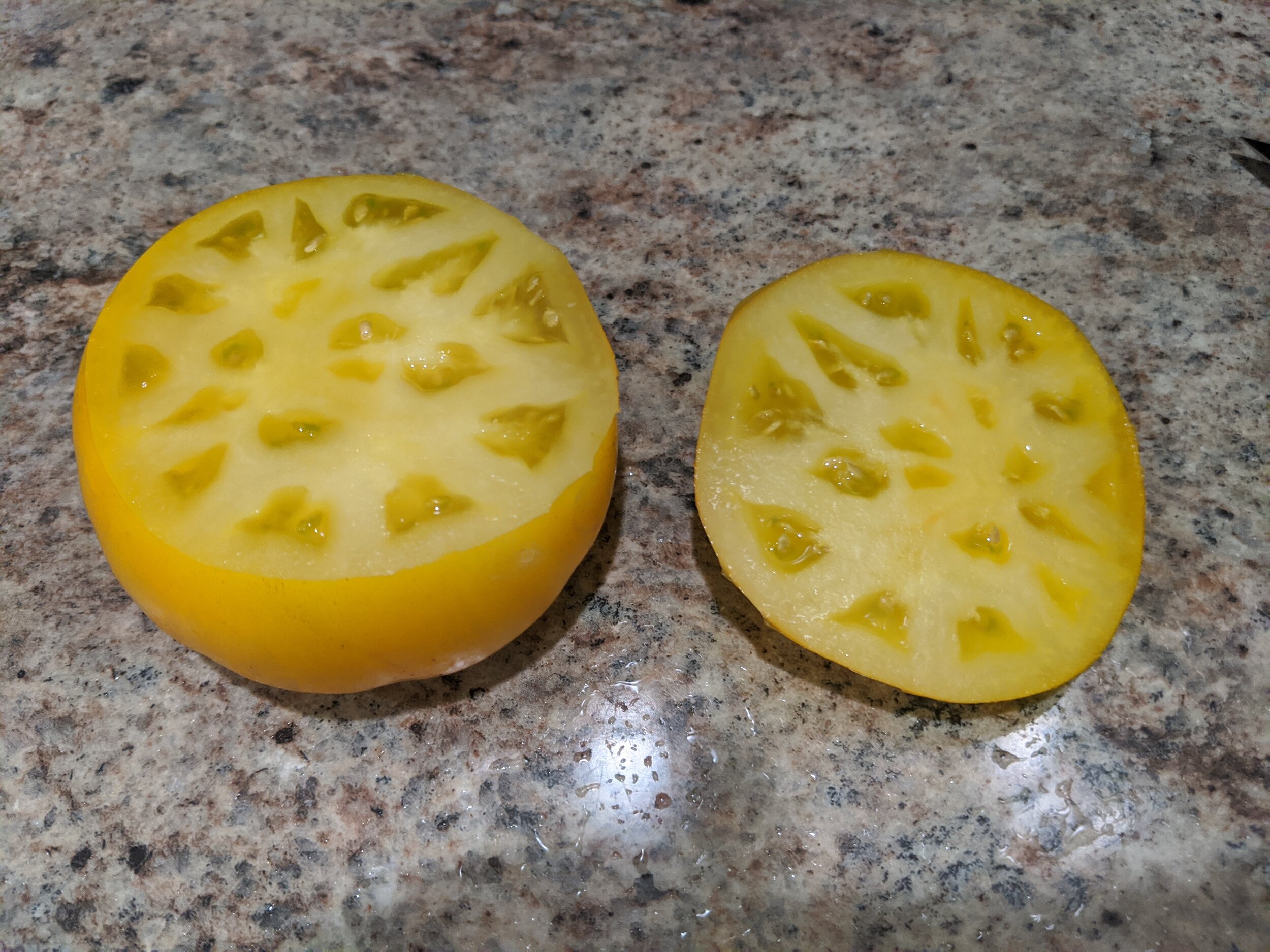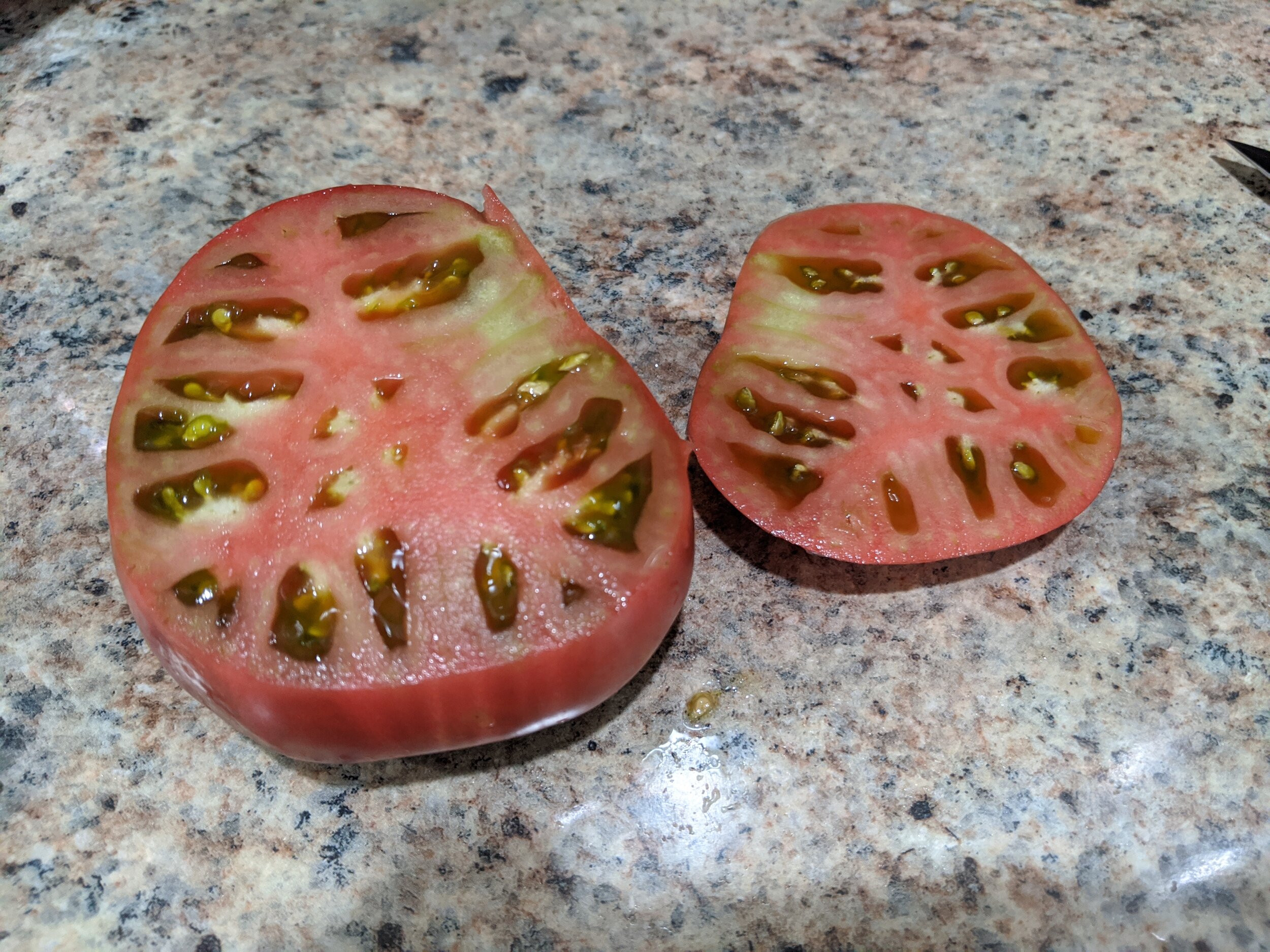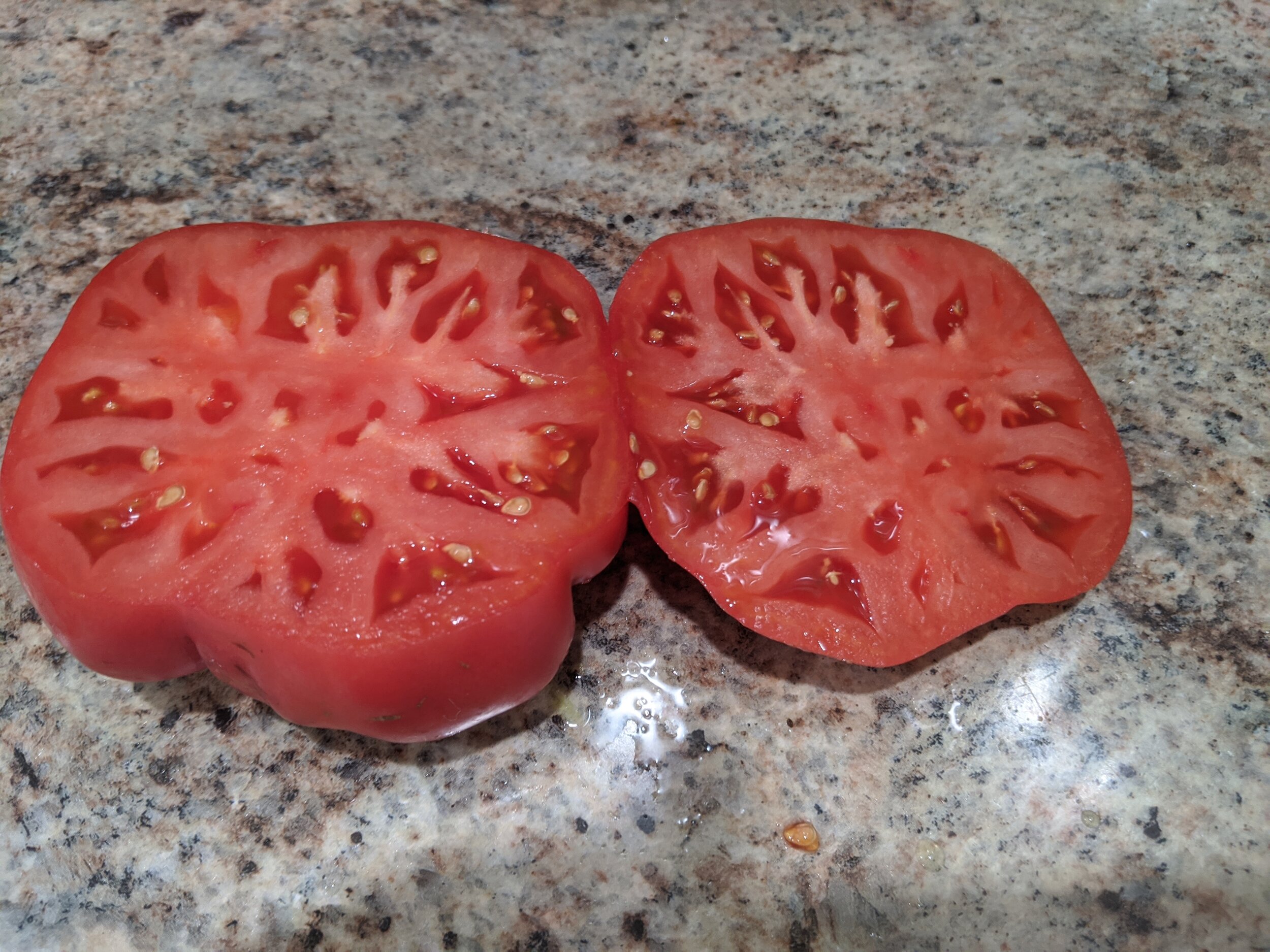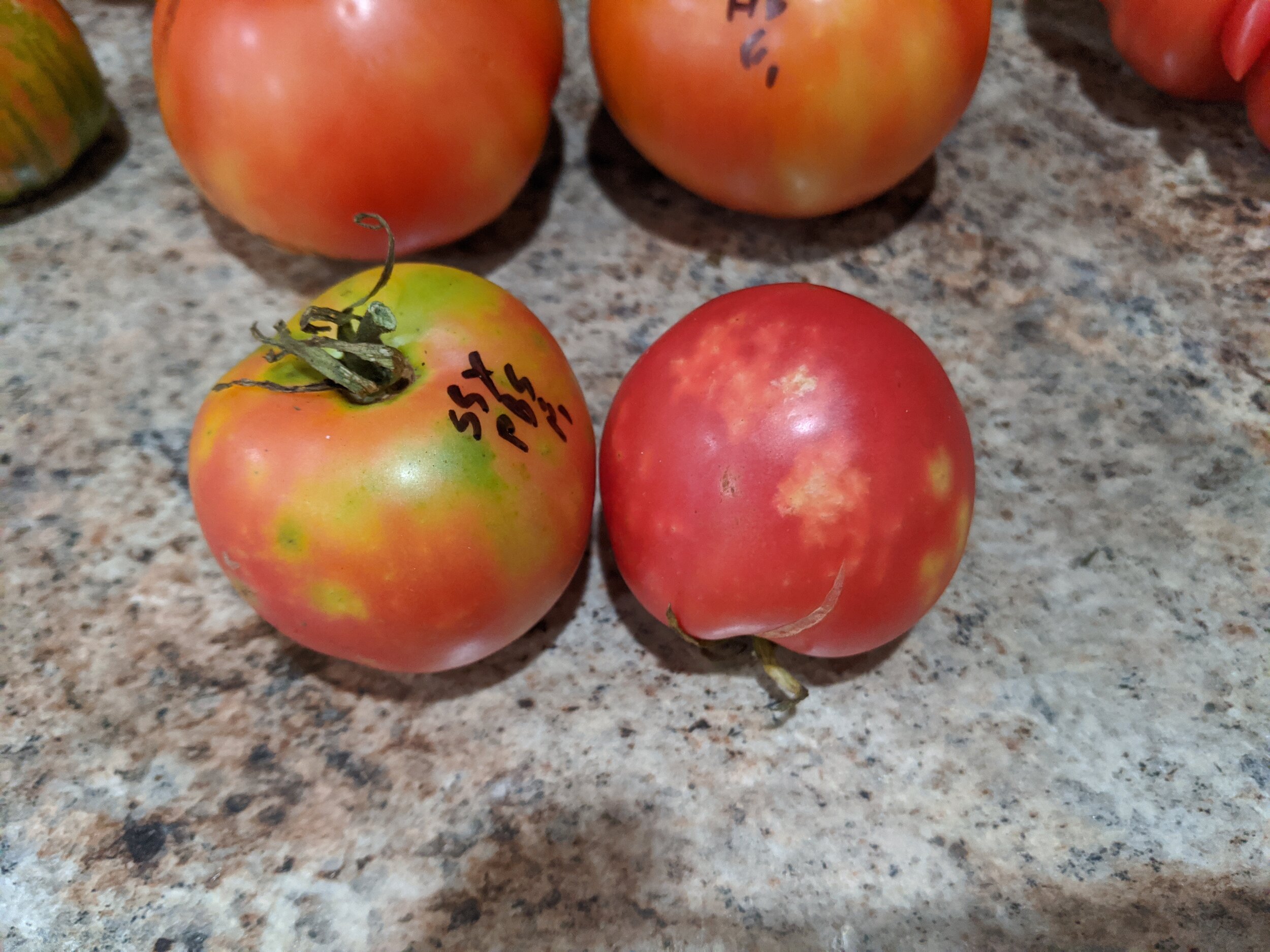Pansies planted from seed in late 202, getting some sun in late January. Looking good!
In my last blog, I took a stab on my tomato plans for 2021. My next blog will cover my pepper and eggplant decisions. However, we derived much joy - both culinary and aesthetic - from all of the other crops that graced last year’s garden. I just went through boxes and boxes of seed packets and made some decisions about what I hope to include in this year’s garden
First - what to skip in 2021
Though they really did well, I am strongly considering skipping the following: carrots (the Trader Joe bags of rainbow carrots are just fine, and to our palate, carrots are one of those crops that don’t taste appreciably better when home grown), sweet pod peas (for the pods - they take up lots of room, take lots of time and don’t yield nearly enough), and melons (I don’t have the proper location, they take up lots of room and time, and the local farmers market and produce stand provides plenty). I will likely reduce the amount of greens as well (chard, collards, kale, mustard). My goal is to increase those things we loved, and excelled, and eliminate or reduce either the failures or “planted too much of”s. We are going to give Sweet Peas (grown for the flowers) a pass this year as well - I’ve not got the timing or location down yet. Beets - they did great last year, but we didn’t eat as many of the greens as we did previously, they take space and time, and as with carrots, beets are beets, whether home grown or purchased at a farm stand, to our palate. (don’t get angry with me, home grown carrot and beet addicts!). I grew quite a few cosmos, dahlia and an old fashioned petunia last year, and we are going to give them a pass.
New for 2021
Rhubarb - I have some Victoria variety seeds from Victory and will give them an early start indoors. This will be my first attempt, and just want to try a few plants here and there. We love strawberry rhubarb crisp!
Spinach - I had a few plants from an Asheville nursery that did great, so want to grow a few varieties from seed. I have Nobel and Space from Johnny’s and will get some seeds planted indoors soon.
Flowers - I’ve got seeds of Larkspur and saved seeds from last year’s Cardinal Flower that are soon to get indoor planted. Three types of pansies, three types of coleus and Rocket snapdragons are up and growing nicely.
Peas - I will plant them thickly and early, but not for the peas - for the pea shoots, to use in stir fries and salads. Lovely sweet pea flavor is addictive! I’ve got packets of Little Marvel, Frosty and Recruit to plant.
Repeats
Sugar Snap Peas - the tall growing version. We loved them last year but didn’t plant nearly enough. They will go in early and all of our fence trellis area will be used.
Pole Beans Monte Gusto (a wax pole from Johnnys) and Fowler Pole - after the Sugar Snaps die back they will be replaced with some of each.
Greens - I will get seeds of various heirloom lettuce, collards, and mustard, and some Chard Bright Lights planted soon - these will go into my raised and elevated beds.
Zinnia - we had several types last year, but this year I am going with Thumbelina. Last year’s varieties were a bit too tall, with flowers a bit too large.
Cucumber - I LOVE Diva, but it did not like growing here (we were warned by some growers at the farmers market that it struggles here). I am trying a new Johnny’s hybrid, Unagi. I think I will grow it on the metal trellis against our fence.
Bush Beans - I am going to go with some favorites from last year - Marbel, Fowler and Jade, planted in straw bales. They were a spectacular success in 2020.
Summer Squash - Zucchini Dunja and Goldmine, Cousa type Magda, and Zephyr will be my choices, direct seeded into straw bales.
Basil - Though I love Genovese, the downy mildew loves it as well. I will plant some seeds of Gecofure, Devotion and Prospera indoors soon to get an early start. A friend send some Caramel Chianti seeds, which I will try as well.
I think that’s about it - it certainly is enough! Currently, our two raised beds have greens (they are really getting battle tested during this cold winter), and garlic, both of which planted in the fall. I’ve not yet decided what will go into them, but lettuce, spinach, and bush beans are all candidates for the summer.
A birthday walk for Sue, with Marlin and Koda, at DuPont Forest on January 22.






































